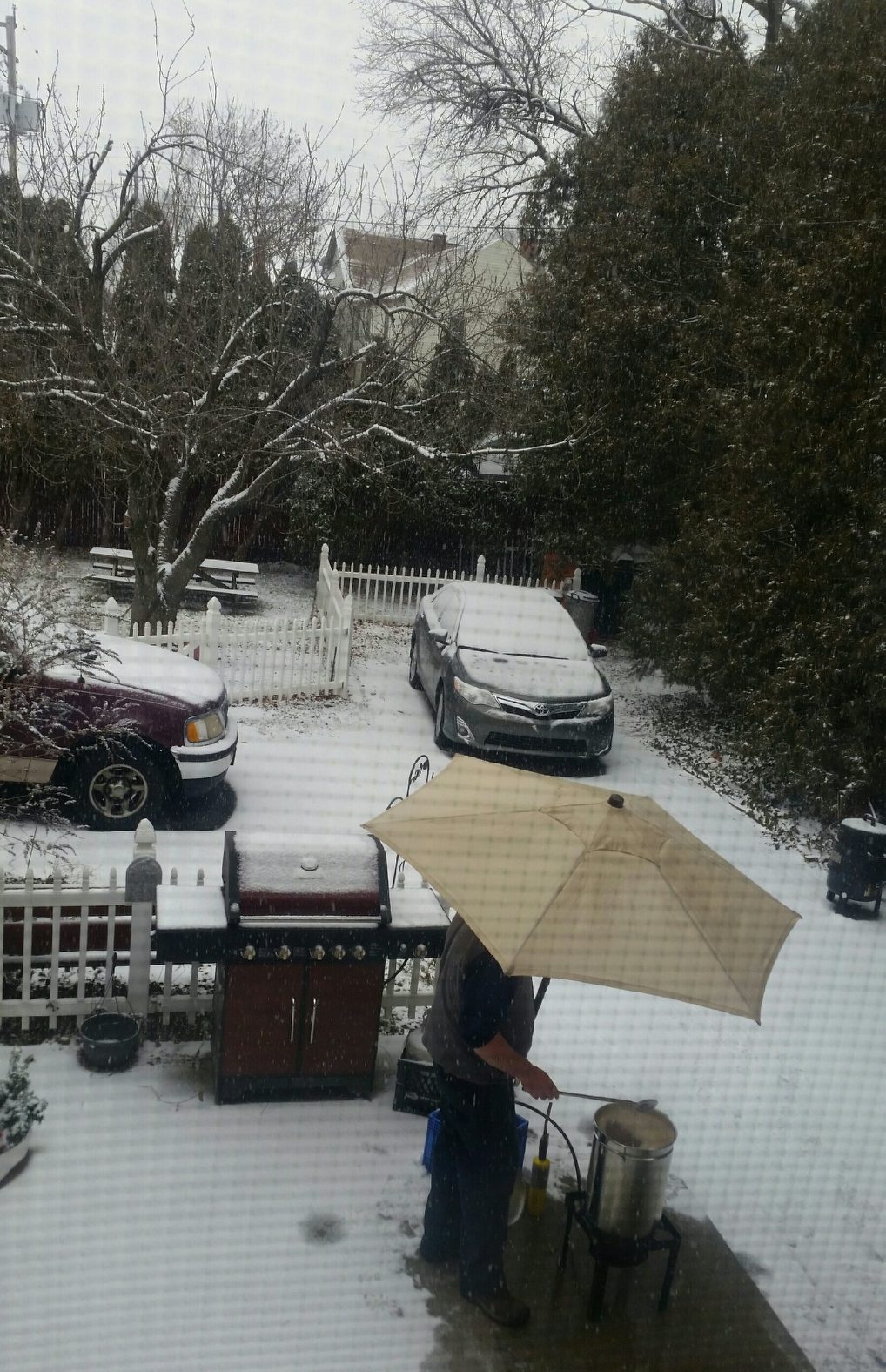I prefer brewing outside...when the weather is nice. In Iowa, that means about 4 months a year. The rest of the time it's sub freezing (sometimes sub zero) or heat indices in nearing 100 degrees. Both are brutal for brewing, but I march onward.
Someday I'd like a climate controlled brewing area with enough space to store my equipment. I want reasonable temps and to not have to haul all my stuff to and from the basement to brew.
That probably means electric for me, but I'm not holding my breath.
Someday I'd like a climate controlled brewing area with enough space to store my equipment. I want reasonable temps and to not have to haul all my stuff to and from the basement to brew.
That probably means electric for me, but I'm not holding my breath.






















![Craft A Brew - Safale BE-256 Yeast - Fermentis - Belgian Ale Dry Yeast - For Belgian & Strong Ales - Ingredients for Home Brewing - Beer Making Supplies - [3 Pack]](https://m.media-amazon.com/images/I/51bcKEwQmWL._SL500_.jpg)



































